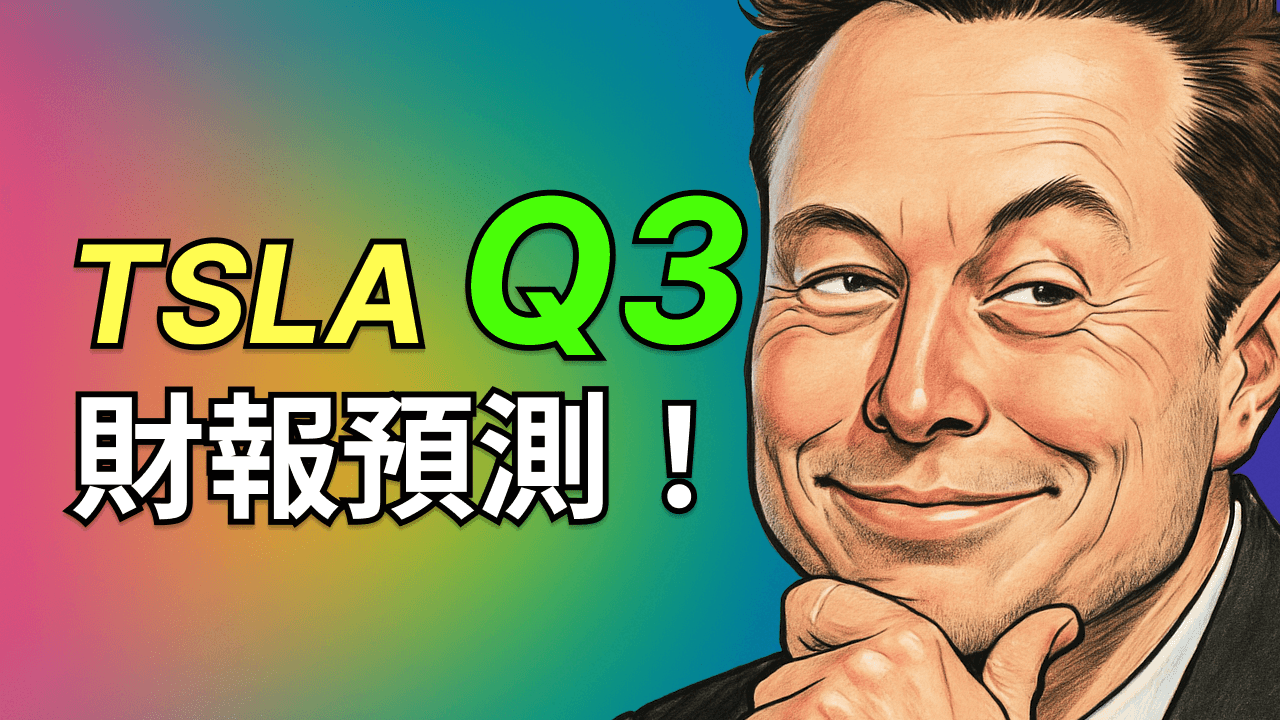· 5 min read
星艦第11次試飛全紀錄:二代謝幕、V3時代啟航!熱盾極限測試&Starlink釋放全解析
SpaceX’s Starship Flight 11: A Milestone in Space Exploration
On October 13th, SpaceX successfully completed the 11th test flight of its Starship at the Texas Starbase. This flight marked the final test for the second-generation Starship, and it was executed so smoothly that it seemed understated on social media and in the news. However, don’t be fooled by the quietness—this mission not only demonstrated critical tests like heat shield performance, in-orbit re-ignition, and the release of Starlink simulation satellites, but it also brought humanity one step closer to reusable space travel, lunar landings, and even Mars exploration.
Overview of the Test Flight
Hello everyone, I’m Xiao Geng. Today, I’ll walk you through the entire process of this test flight, capturing the atmosphere on-site and providing an engineering perspective on the key tests and procedures involved. This flight serves as a conclusion for the second-generation Starship while showcasing the technical logic and data acquisition strategies leading to the transition to version 3 (V3).
The main speakers included Amanda Lee, Jake Berkowitz, Dan Hewitt, and Tyler Lyonquist, who were responsible for reliability, propulsion, mission communication, and Starlink operations, respectively. Elon Musk even made a surprise appearance during the live broadcast, looking cheerful and in good spirits.
The Technical Details of Flight 11
This test flight involved the world’s largest and most powerful reusable rocket, the Starship, utilizing a Super Heavy booster that had previously flown. Amanda explained that this mission aimed to build on the success of the 10th flight, focusing on the release of Starlink simulation satellites, extreme heat shield testing, and a soft landing in the Indian Ocean. Jake added that after the launch, the crowd would gather to celebrate, with the next-generation Raptor engines showcased in the background.
Dan confirmed that the mission control status was good, with propellant loading underway and the launch window set for 18:23 Central Time. He recapped the 10th flight, highlighting the successful ignition of 33 Raptor engines, the separation of the booster, and the first effective payload demonstration with the release of eight Starlink simulation satellites.
Transitioning to Version 3
Dan emphasized that this flight marked the end of the second generation, with the factory currently building multiple sets of the next-generation V3 Starship and boosters, which will launch from Pad 2. While the upper stage retains a similar appearance, it has undergone significant internal reconstruction to accommodate higher-thrust Raptor engines, upgraded energy storage, and extensive avionics modifications for longer missions.
The new booster design includes a redesigned fuel transfer system, larger dimensions, and enhanced capabilities for rapid and reliable flip and ignition synchronization. The Raptor 3 engines are described as “visibly aggressive,” featuring higher thrust and reduced parts count, with many control components integrated into the engine itself.
The Importance of Heat Shields
Tyler explained that for rapid reuse, heat shields are crucial. If the heat shield requires months of refurbishment after each return, achieving rapid turnaround becomes impossible. SpaceX has automated production lines that have already produced more heat shield tiles in three years than the total produced for the Space Shuttle over 30 years. The new “crunch wrap tile” design addresses thermal expansion issues, ensuring the tiles can withstand the rigors of re-entry.
Starlink: Connecting Earth and Space
Tyler also introduced Starlink, which provides high-speed internet connectivity for both terrestrial and space applications. This flight included four Starlink terminals, enabling real-time data transmission from launch to landing. Recent milestones include surpassing 300 launches and 7 million active users across 150 countries. Starlink aims to bridge the digital divide, providing reliable internet access to underserved populations.
The Flight Process: A Step-by-Step Breakdown
Amanda and Dan detailed the flight process, from the ignition of 33 Raptor engines to the successful separation of the booster and upper stage. The booster executed a boostback maneuver, while the upper stage ascended to suborbital altitude, releasing the Starlink satellites and performing an in-orbit re-ignition.
As the countdown approached critical milestones, Dan confirmed that all systems were go for launch. The ignition and ascent were marked by strong vibrations, and the flight proceeded through key phases, including maximum dynamic pressure and heat separation.
Achievements and Future Goals
The flight successfully demonstrated a complete cycle of operations: ascent, separation, booster landing, in-orbit release, in-orbit re-ignition, extreme re-entry, and soft landing. Each step provided valuable data to support the V3 production and recovery processes.
The key takeaways from this flight are threefold:
- Reusability must be grounded in data-driven extreme testing, ensuring heat shield tiles can withstand real-world scenarios.
- The reliability of the propulsion system and in-orbit re-ignition is vital for orbital-level reusability.
- The trajectory and attitude control for returning to the launch site must be validated under high heat and drag conditions to enable future recovery and rapid reuse.
Conclusion: A New Era for Space Travel
The 11th test flight of the Starship feels like a grand finale, perfectly concluding the second-generation spacecraft while ushering in the V3 era. We have witnessed how this rocket gracefully navigates between sea and sky, and it is now racing toward even greater ambitions. The upcoming 12th and 13th flights will not merely be about “flying once to see,” but rather about achieving true “fly, return, and fly again” capabilities. Recovery, reuse, capture, orbital refueling, lunar landings, and Mars exploration are no longer fantasies but tangible realities on the horizon. Soon, we may no longer refer to “space missions” but rather say, “What day is the next flight?”—just like booking a plane ticket. That moment when humanity steps into a new era of space civilization is fast approaching.




